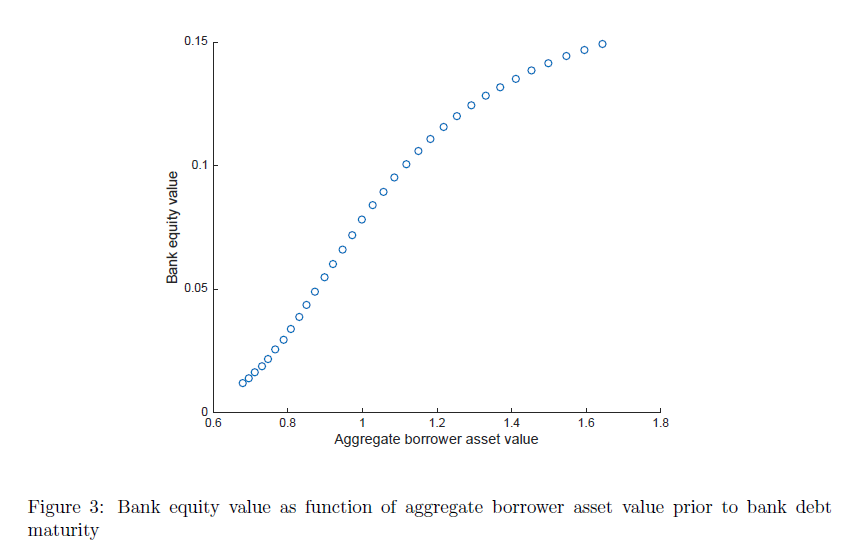というNBER論文をブルナーメイヤーらが書いている(2年前のWP)。原題は「Asset Price Bubbles and Systemic Risk」で、著者はMarkus K. Brunnermeier(プリンストン大)、Simon C. Rother(ボン大)、Isabel Schnabel(同)。
We analyze the relationship between asset price bubbles and systemic risk, using bank-level data covering almost thirty years. Systemic risk of banks rises already during a bubble’s build-up phase, and even more so during its bust. The increase differs strongly across banks and bubble episodes. It depends on bank characteristics (especially bank size) and bubble characteristics, and it can become very large: In a median real estate bust, systemic risk increases by almost 70 percent of the median for banks with unfavorable characteristics. These results emphasize the importance of bank-level factors for the build-up of financial fragility during bubble episodes.
(拙訳)
我々は、30年近くに及ぶ銀行レベルのデータを用いて、資産価格バブルとシステミックリスクの関係を分析した。銀行のシステミックリスクはバブルの形成局面で既に上昇しており、崩壊時にはさらに上昇する。その増え方は銀行やバブルによって大きく異なる。それは銀行の特性(特に銀行の規模)とバブルの特性によって決まり、非常に大きなものとなり得る。中央値的な不動産バブルの崩壊では、望ましくない特性を持つ銀行のシステミックリスクは中央値の70%近く増える。以上の結果は、バブル期における金融の脆弱性の形成にとって銀行レベルの要因が重要であることを明らかにしている。


